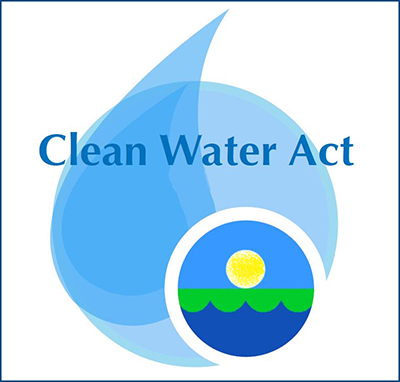The Cuyahoga River’s 84.9 miles officially begins in Burton, flowing southward to Akron and Cuyahoga Falls. There it turns sharply north and flows through the Cuyahoga Valley National Park, then through Independance, Valley View, Cuyahoga Heights, Newburgh Heights, and Cleveland, emptying into Lake Erie. The Cuyahoga River and its tributaries drain 813 square miles of land located in six counties.
The Cuyahoga River had caught fire several times before, but on June 22, 1969, around 12pm, floating pieces of oil slicked debris were ignited on the river by sparks caused by a passing train. The fire was determined to have reached heights of over five stories and lasted between twenty and thirty minutes - there was reported to be around $50,000 worth of damages. Not the worst incident of the river catching fire, however this time was different. In December of 1969, a picture of the Cuyahoga River ablaze was published in the New York Times, and Cleveland became a symbol of environmental degradation.
The 1969 Cuyahoga River fire helped initiate a myriad of water pollution control measures including the Clean Water Act, Great Lakes Water Quality Agreement, and the creation of the Environmental Protection Agency. Since then, water quality has improved. Partially in recognition of this improvement, the Cuyahoga was designated one of 14 American Heritage Rivers in 1998. However, pollution remains an issue and the Environmental Protection Agency classified portions of the Cuyahoga River watershed as one of 43 Great Lakes Area of Concern.

The most recent survey in 2008 revealed the two most common species in the river were hogsuckers and spotfin shiners, both moderately sensitive to water quality. Recreation water quality standards, using bacteria as indicators, are generally met during dry weather conditions, but are often exceeded during significant rains due to nonpoint sources and combined sewer overflows. Dam removal, including one in Kent in 2004 and one in Munroe Falls in 2006, have greatly improved aquatic life - and more dam removal projects are on the horizon. Overall, the health of the river continues to improve. The 2017 assessment of biological data from the Cuyahoga River will be presented in a detailed report issued in 2019, the 50th anniversary of the year the river caught fire and sparked the modern environmental movement.
Sources:
“Almost 50 Years After Cuyahoga Burned, Ohio EPA Sees A River Thriving” by Jeff St. Clair
“Cuyahoga River Fire” by Michael Rotman